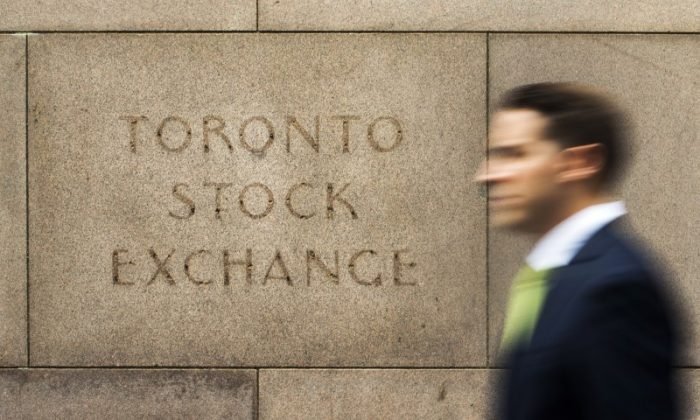The Impact of a Delayed Sell-Off on the Canadian Stock Market
The Toronto Stock Exchange (TSX) started on a positive note on Aug. 7, paring some of the day’s previous losses spurred by a global sell-off, but gains were short-lived.
The TSX was slightly in the red after midday, following U.S. markets closely.
Investors had to sit back and watch the meltdown in global markets on Aug. 5 with the TSX being closed for a civic holiday.
Playing catch-up, the index opened sharply lower on Aug. 6, but stocks rose mostly steadily throughout the day, following the global momentum.
After reaching a record high of over 23,000 points on July 31, the Canadian index fell along with other markets last week following weak job data south of the border and fears of a recession.
The global sell-off amplified on Aug. 5 as the Japanese stock exchange Nikkei plunged 12 percent. This came after the Bank of Japan’s unexpected decision to raise interest rates to 0.25 percent, the highest since 2008.
The move led investors to exit currency carry trades, where they borrow Japanese yen at low rates to invest in higher-returning assets.
The Nikkei bounced back from its rut, and so have other indexes. Investors are being reassured by the dovish comments from the deputy governor of the Bank of Japan, who said a further hike at this time is unlikely.
“As we are seeing sharp volatility in domestic and overseas financial markets, it’s necessary to maintain current levels of monetary easing for the time being,” said Shinichi Uchida in a speech to business leaders in the Japanese city of Hakodate on Aug. 7.
Some economists have not been fazed by the recent flash crash, saying economic data is not all that gloomy.
Ian Lee, an associate professor at Carleton University’s Sprott School of Business, told The Epoch Times during the crash on Aug. 5 that global markets were likely “overreacting” to the U.S. jobs reports, given the fundamentals of the U.S. economy are still strong.
Fears of a recession in the world’s largest economy are still live though and markets are awaiting signals from the U.S. Federal Reserve about an upcoming rate cut. Chairman Jerome Powell will be speaking at an event in Jackson Hole next week.
Matthew Horwood and Reuters contributed to this report.





